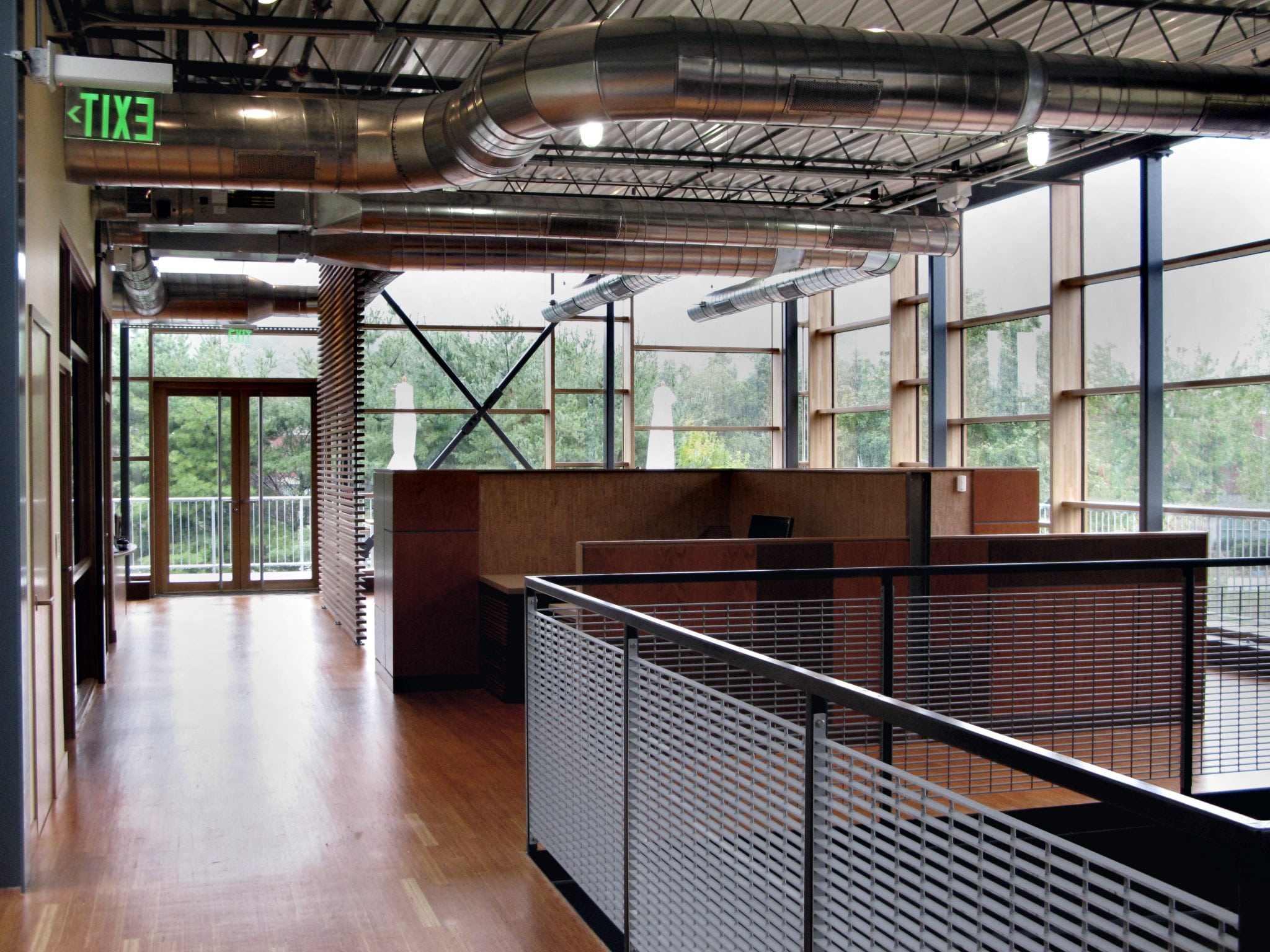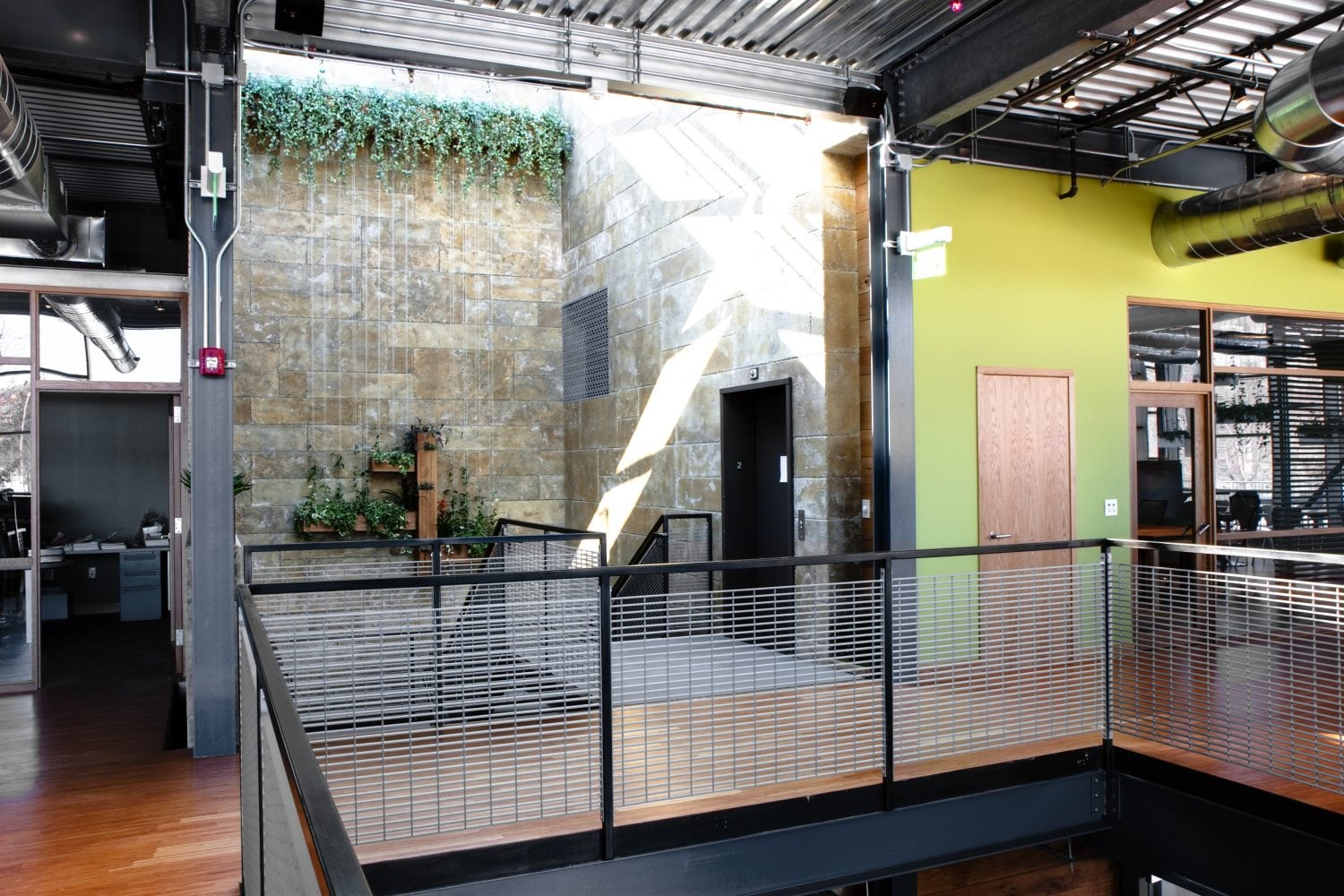How to Prepare for your Design Project
How to create a design brief before engaging an architect
A well thought-out design brief is the foundation for a successful project. Often we hear stories unexpected surprises, misunderstandings between the contractor, the client and the designer on the contracted scope of the project, and allowances for items not specified in the contract. A good working relationship with your architect is based on open, honest communication. This starts with a good brief that helps the architect understand your expectations, preferences, wants, needs and aspirations. If your expectations are not clearly outlined and understood by all parties, you run the risk of spending unnecessary money, project complications, and costly delays. The designer and contractor will struggle to understand what to include when pricing your project.
Your Site
Scrutinize your site and get a real feel for it. Where is the sun in summer? Where is the sun in winter? Where are the views you want to enjoy every day and those you want to exclude? Where are the surrounding structures, other buildings and views you may or may not want to see? Which parts of the site are most/least noisy? Does the site slope? Put all the information you have about your site in a file to share with your architect (legal paperwork/covenants, existing plans or previous site information).
Spaces
Indoor
A good design can transform the way that we function. Think hard about your current and future needs. Map out your daily routine. How many people do you need to accommodate? Who does what, where? Don’t forget your changing needs! Do you want to ‘zone’ spaces by function? Consider the number of floors, rooms and other spaces and describe their use. Make a list of rooms needed for meetings, individual work and break areas. Where does cooking and eating take place? Is your work environment style formal, casual, relaxed or active? Do you need spaces for private meetings with guests not a part of the company? What type of technology do you want to include such as a projector or IT room. What areas for storage of equipment is needed? List any special requirements you have, e.g. accessibility or extra storage areas.
Outdoor
Is there an outdoor area needed? What do you want to do outdoors? Do you want a high or low maintenance scheme? What features are important to you? Think about the indoor/outdoor flow of spaces, where the morning sun lands, where its exposed to and sheltered from the wind. Think of your external areas as outdoor rooms, and consider privacy and connections between spaces. Listing your requirements will help both you and your architect quickly understand your priorities.
Design Mood and Feeling
This is important. This is your space, where your family or employees will function or your business or product will be presented. Think about the ‘feel’ of your project, do you want it to be bold, low-key, industrial, traditional, minimalist, contemporary or organic? Describe spaces, design features and styles that appeal to you and those that don’t. Create a ‘mood board’ or scrapbook of fabric swatches, photographs, magazine clippings and anything else that can help your architect understand who you are, how you function and what you want from your project. Use web-based photo sites to assemble and share your ideas.
The Details
List major furniture, appliances or office equipment you already own or are considering buying and any preferences you have about where you want to put them. These details can make a big difference to the way your space and function of that space is planned. Note major pieces of furniture or artwork you want to showcase so your architect can provide spaces and sockets for them in the new plans. Better to include it in your planning from day one, than to move in and wonder where you are going to hang artwork or plug in necessary appliances and equipment.
Sketching
Sketch out your thoughts. If the work involves altering an existing space you’ll be constrained by existing structures and there could be limitations on what you can change. If it’s a new build, let your imagination flow, but be prepared for your architect to suggest other approaches.
Materials
List materials you like and dislike (inside and out), but be aware that your budget will be a determining factor in your final choice. Do you have any specific wall, ceiling and floor or lightening finishes in mind? Much will depend on the style of the building, but there are choices to be made that will determine how much you spend upfront, and how much you spend on maintenance in the longer term.
Sustainability and Energy Efficiency
Regulation and rising energy costs are making sustainable ‘green’ design an essential consideration. There are now minimum requirements laid down by national and local government. Your architect will know all about these and will discuss with you how ‘green’ you want to and can be. There are lots of renewable energy solutions – solar panels, ground source heat pumps, rainwater harvesting to name but a few. Although these add costs upfront, they can save you money in the longer-term.
Timetable
Think about and share with your architect key target dates that are important to you. When do you want to start and finish the project? Bear in mind that, as a rule of thumb, it takes at least 4-6 months to agree the design, obtain planning permission and prepare construction drawings before building work can commence. You are less likely to be disappointed if you allow at least 6-12 months for work on existing buildings and about 18 months for new buildings.
Budget
Lastly, have a conversation with yourself and keep asking why you want what it is you say you want. That way you are slowly elaborating your brief into more detail. Include the emotional aspects, as this is the overriding deeper reasoning behind what you want to include in your project. Use the checklists provided below to help you get a deeper understanding of what you want and why you want it.
Who will live/work in the space now and in the future?
What different new activities will you need to accommodate?
How do you want your space to fit with the existing environment?
Are there any health and safety issues you need to take account of?
What do you want your interior to look like?
What colors, finishes, furniture, appliances or equipment will it have?
What facilities for cooling and heating do you want?
Do you want a total makeover or a staged process?
What is your budget?
Does your budget allow for consultant fees?
What level of involvement do you want in the management of your project?
Creating a design brief can help communicate your ideas, needs and goals to ensure your project outcome meets your expectation while avoiding design miscommunication and unexpected costly budget expenses.
If you are in the process in developing you project ideas you can fill out and submit the Initial Questionnaire. DE LA GARZA ARCHITECTURE LLC offers a free consultation to review your needs and options for your project but can also provide guidance on how to organize design ideas and ensure you aren’t overlooking a crucial factor that could doom your project to failure. Communicating your design wants and needs can ensure satisfaction of the project completion in addition to saving clients stress, time and money.

